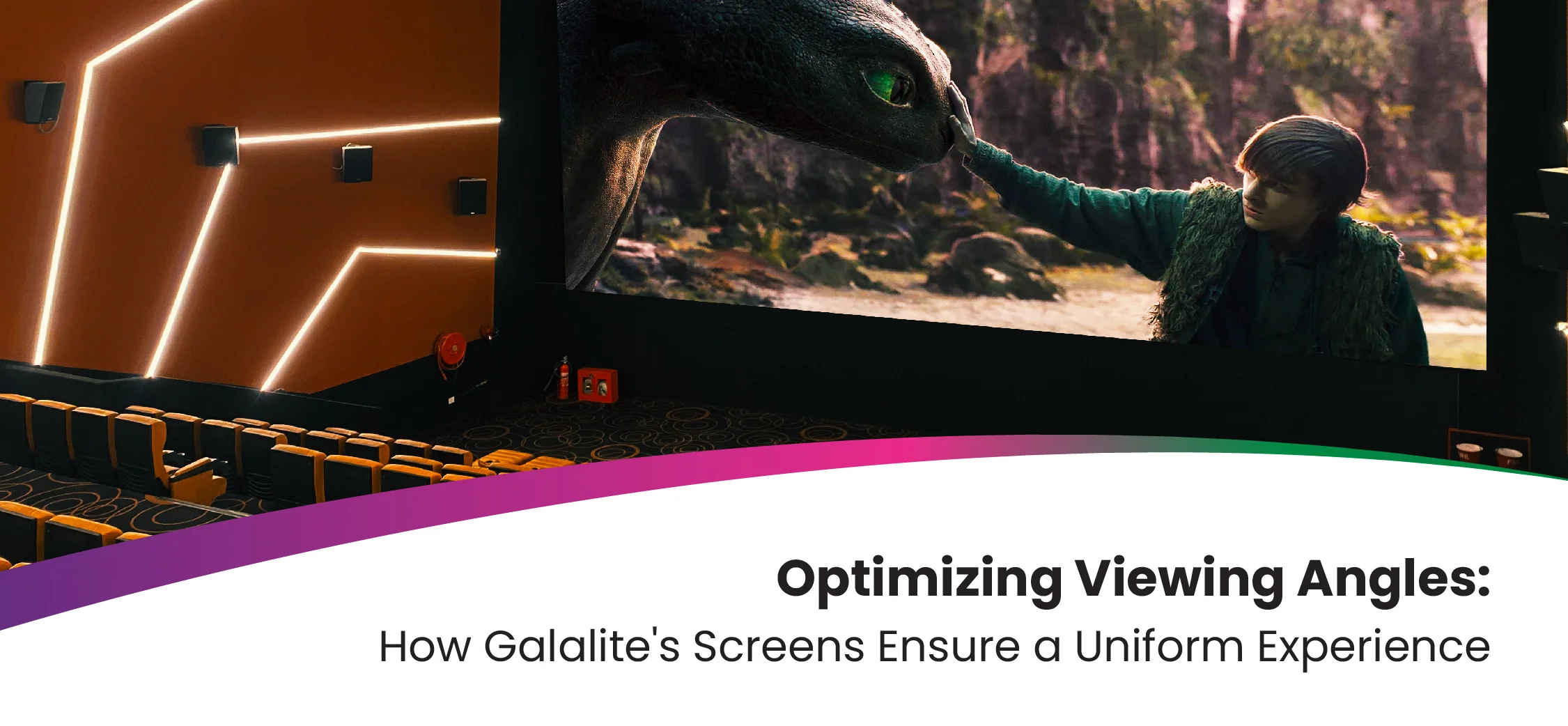
Can you imagine going into a cinema hall today and seeing a movie, but not hearing it? Not because the sound system of the theatre is faulty, but because the film doesn’t have any sound. Not one voice, not one sound effect, not a note of music, nothing.
Well, for almost three decades since movies first started being produced, films were made this way. Silent movies they were called then, and after sound was introduced, they were called ‘talkies’.
The first film to make use of synchronised sound was ‘The Jazz Singer’ in 1927. And the audiences loved it.
While the audiences were wowed with the prospect of finally having sound to their movies, this posed a few problems along the way. Language posed as a big barrier. So much so, that a few studios used to release movies with sound and without to make sure their film reaches the maximum number of people.
A few actors lacked good voices and stage experience. Technically, camera movements were restricted, and noisy, bulky movie cameras had to be housed in clumsy, huge sound-insulated booths with blimps (sound-proof covers), to avoid picking up camera noise on the soundtrack. Artistically, acting suffered as studios attempted to record live dialogue, because stationary or hidden microphones (in either their costumes or other stage props) impeded the movement of actors. Some of the earliest talkies were primitive, self-conscious, crudely-made productions with an immobile microphone – designed to capitalise on the novelty of sound.
Silent film studios became obsolescent, and new investments had to be made for expensive new equipment, technological innovations, and sound-proofed stages. Cameras were mounted on moveable, squeak-proofed dollies, and microphones were hung from booms that could be held above the action (outside of the camera’s view).
The Love Parade (1929) a film by Ernst Lubitsch, displayed the director’s adaptability to the requirements of sound film. It was one of the first backstage musicals with musical numbers that were integral to the plot. Smoothly directed, Lubitsch avoided making it stage-bound and over-acted like many of the early talkies. And Rouben Mamoulian’s first film Applause (1929) did creative and revolutionary things with recorded sound, such as overlapping soundtracks, and using sounds as cues or signals.
Films that began production as silent were quickly transformed into sound films. All of the studios were forced to follow suit. By 1930, the silent movie had practically disappeared, and by the mid 1930s, film industry studios had become sound-film factories.
The power of sound rumbled through the world, drawing everyone within earshot towards itself. It gave birth to several different verticals within the industry. Sound design started playing a bigger role in every film. Original music soundtracks started being created.
Sound while not the complete picture, added a whole new dimension to the films.
Related articles



